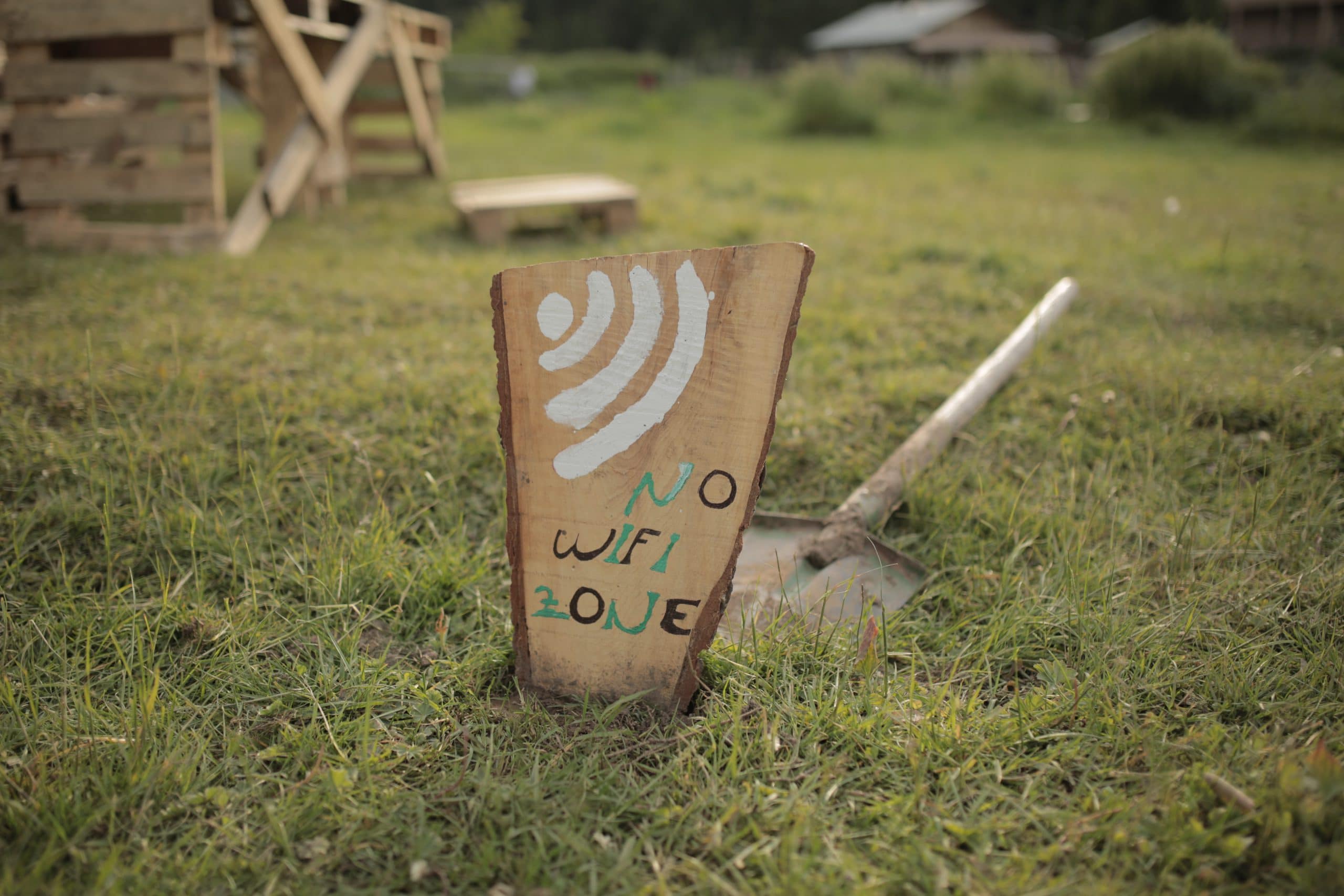Here lies Wireless Fidelity, you had a good run. My browser history is a reminder of our many treasured moments together. However, our relationship wasn’t all bliss. I will not miss running downstairs to kickstart my router on a slow day. I will not long for the days I feared identity theft while using public hotspots, and I’ll not be nostalgic about 5 bars of signal, but no throughput.
With its inception less than 25 years ago, not many thought the death of WiFi would come so soon. In reality, WiFi lacks scalability. It’s a primitive system with limited security and quality of service. I mean no lack of appreciation for what gave us many good years, but it’s time to move on. Wifi’s replacement is imminent.
What the WiFi are you on about?!
Our cybersecurity and IoT expert believes that Wifi is already slowly being phased out in favor of more advanced technology. In fact, you’re probably using that technology now. Whether it’s cellular technology, Private LTE, or CBRS, these alternatives offer what WiFi can’t.
Our relationship with WiFi has been a bit toxic at times and it’s not us, it’s you Wifi. WiFi was not designed to scale in the ways we’re demanding. Without two-way power control, WiFi-enabled devices are left to yell at the top of their lungs, just to be heard. Combine that with primitive security, device management, power control (don’t even get me started on reliability), and you have a situation no amount of couples counseling can resolve.
Go Big or Go Home- Actually, No. Go Small.
Looking forward, the future is a lot smaller. That’s not a bad thing at all, in fact, according to Moore’s Law, transistors will halve in size every two years. Though WiFi is not a transistor, a similar trend is noticeable with technology becoming more compact and more powerful with each passing year.
With the availability of pico, nano, and femto outpacing the ability and size of the macrocells which WiFi has been largely reliant on, traditional methods are no longer as efficient or worth the investment. It’s similar to energy and microgrids, having the source of your signal provider spread out means less demand on a single system, and better reliability all around.
Higher traffic areas like a shopping mall can be serviced by wall-mounted, access point-like, femtocells to seamlessly increase the throughput of the consumers passing through the relatively small service areas. The alternative wouldn’t be possible because although the macrocell antennas are directional, the wireless operator only has a scarce amount of spectrum they’re allowed to use. The frequency reuse per area is obviously much less when broadcasting over wide areas.
Smaller cells radiate significantly less power, and that means you can reuse those frequencies more efficiently for the benefit of the area they’re in. No longer must we rely on Eiffel Tower imposters in densely populated urban areas- imagine cell service appliances about the same size and shape as today’s WiFi access points.
Where’s the Proof In This? We can’t sentence WiFi to death without a trial by jury.
Here’s the precedence- we saw the death of 3G, LTE isn’t far behind either as it’s being phased out for 5G. Macrocells will continue to dominate rural areas as they too are driven by user density. But with the United Nations projecting that 68% of the population will live in urban areas by 2050, it’s a temporary placeholder compared to what will become ubiquitous.
Looking forward, Internet Service Providers (ISP) and mobile carriers will be deploying devices that can also broadcast on the cellular frequencies. These access points will remain as WiFi for a while, as the old guard has a tendency to stick around despite its time being over. Your mobile device already offloads data onto your WiFi network, and that’s just the beginning. It’s already possible for your mobile device to handoff and offload voice and data payloads to wifi networks.
Projects such as Starlink and Low Earth Orbital are examples of these changes taking place in front of us. Though their performance hasn’t been proven yet, their existence is proof enough of a shift from what has been a static model for the last quarter-century.
WiFi also has to reuse frequencies, but there’s no mechanism in place to coordinate who may use what channels within the public ISM bands. Without neighborhood WiFi frequency planning my throughput can drop to zero. Future projects and new methods such as those being implemented by Starlink are changing accessibility and reducing the absurd charade involving recycled frequencies. Despite not knowing the future performance of projects like Starlink, they will be the world’s largest ISP in a matter of years- if even that.
So what is the solution?
The truth is, there is no one size fits all situation. The human race is drawn to the idea of a magic pill that fixes everything, but depending on the region, the availability in the service area, and the individual carriers, the answer is different for each one.
In a greenfield situation, you historically have to work on the frequency of what that country is running. Nowadays, we’re looking at real-time spectrum management coming up, and anyone can use it. This bandwidth can even be relocated dynamically. We’re now working with cloud-based systems that re-allocate service based on necessity. This is great because it’s less waste than the traditional spectrum allocation we’ve dealt with in the past.
Spectrum allocation has always been static. So, it’s an important step in the right direction towards solving that issue and democratizing the use of that spectrum. We now need this for 10s or 100s of trillions of devices, so it’s not difficult to see why WiFi is on a sinking ship. WiFi technology is not built for a highly interconnected world, and relying on this antiquated technology won’t allow us to manage tomorrow’s society.
The future of IoT and wireless communication is an open door with Starlink leading the charge, but as of now, if there’s one thing we know for sure- WiFi isn’t a part of that future.
Goodbye WiFi, we’ll miss you.
Thank you for the numerous occasions where my internet connection was interrupted by my children downloading video games. Thank you for the interrupted Zoom meetings where I found an excuse to turn my video off. But most importantly, thanks for being by my side for the last 20+ years. Rest in peace WiFi, you shall be missed.




